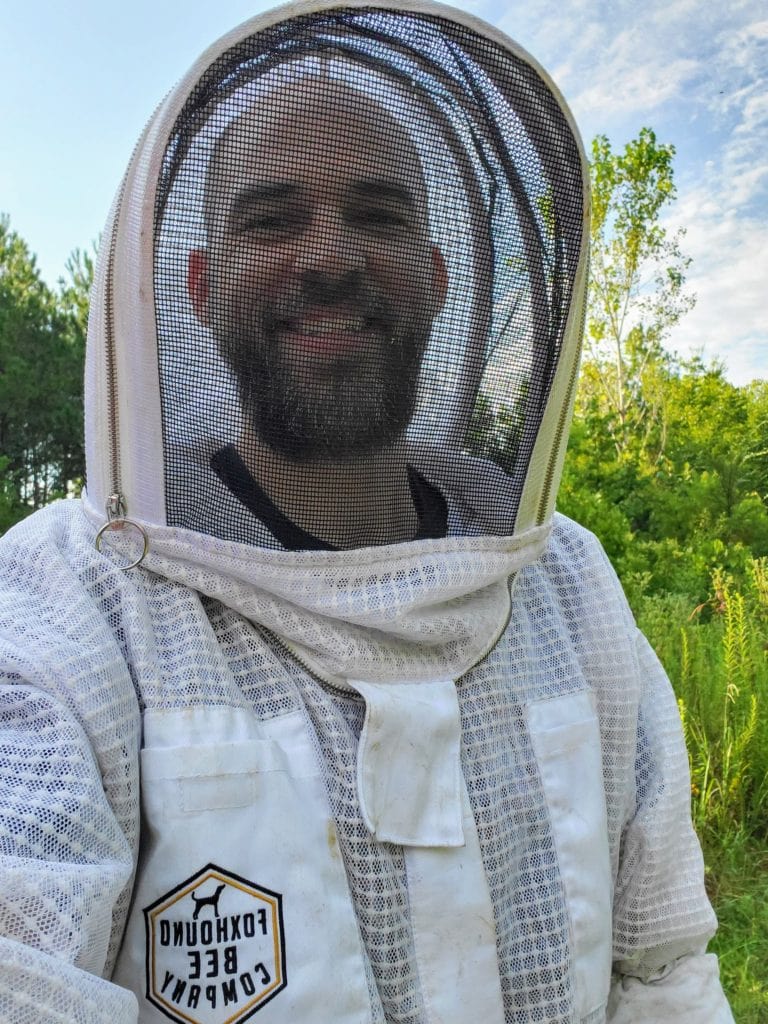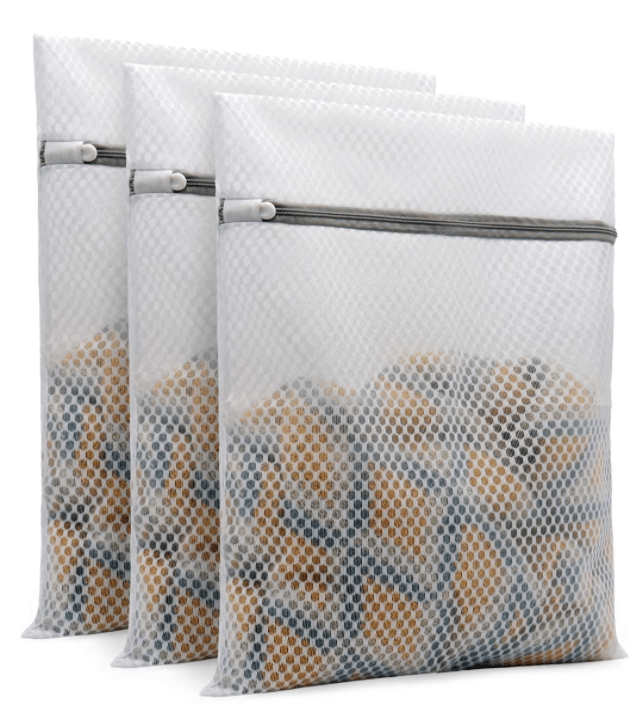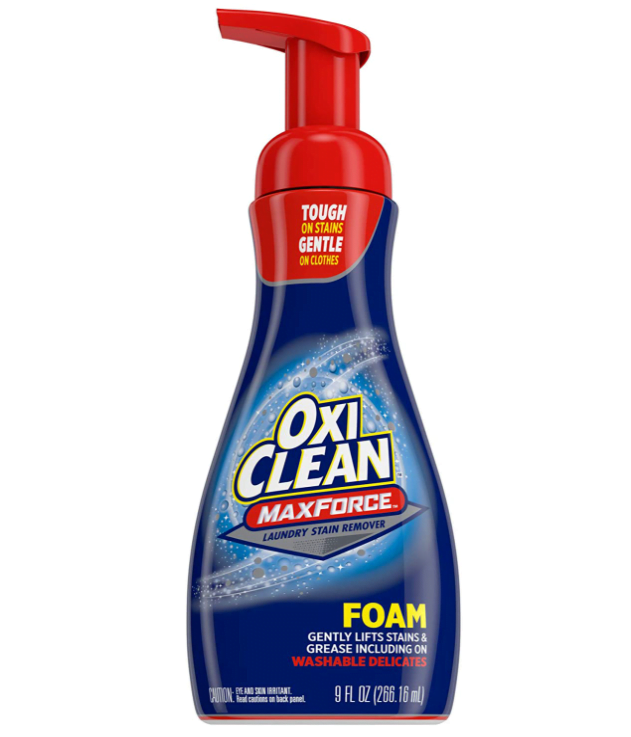Your beekeeping suit can get very dirty in a year, trust us. What once was a crisp, white ventilated beekeeping suits becomes dirty and grimy like the local rhino at the zoo has been napping on it. But, don’t fret, it can be returned to it’s previously angelic splendor (mostly). It’s actually a lot like doing regular laundry, but with some considerations.
Washing a beekeeping jacket or suit is actually pretty easy. You want to make it a habit to clean your bee’s suit or jacket seasonally following the washing procedures of the manufacturer. But not all beekeeping suits or jackets have information about cleaning them. Apart from becoming dirty and looking unclean, your protective gear could have the bee venom embedded in the material after bees sting. This venom can linger and can induce stinging the next time you open a hive.
I hope this helps you take care of your equipment because i’m sure you spent good money on your suit or jacket. Especially if you bought a ventilated suit. I hope that you won’t have to buy a new suit every year because you’ve ruined the fabric.
So now, I am going describe how to properly wash your suit or jacket in washing machine. In this article I’m using my jacket as an example (a ventilated jacket) but there is no difference in how you care for it.
Table of Contents
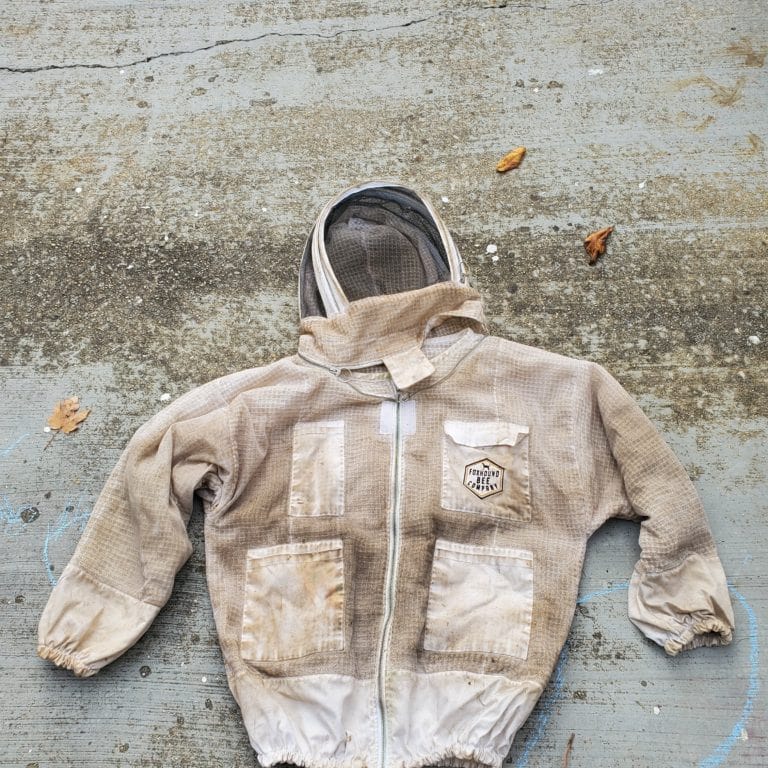
Why Should I Wash My Bee Jacket?
Taking care of your bee clothing is important. You don’t want to clean your beekeeping suit only when it’s dirty (like a pair of jeans). Wash your beekeeping jacket yourself and clean it periodically following the washing instructions below. Over time bee venom and pheromones can absorb into the fabric of your beekeeping clothing.
The cleanliness of a beekeeper’s suit or jacket becomes more important as any allergic reaction to bees can increase with prolonged exposure to the venom. This may not make sense but the bee venom is left in the jacket or suit material after the bee stings it. This can build up and cause an allergic reaction which gets worse when exposed to the venom again.
Plus you want to wash the fabric to remove all the sweat, wax, propolis and dirt.
In this article I will describe how to clean your suit or jacket in a washing machine.
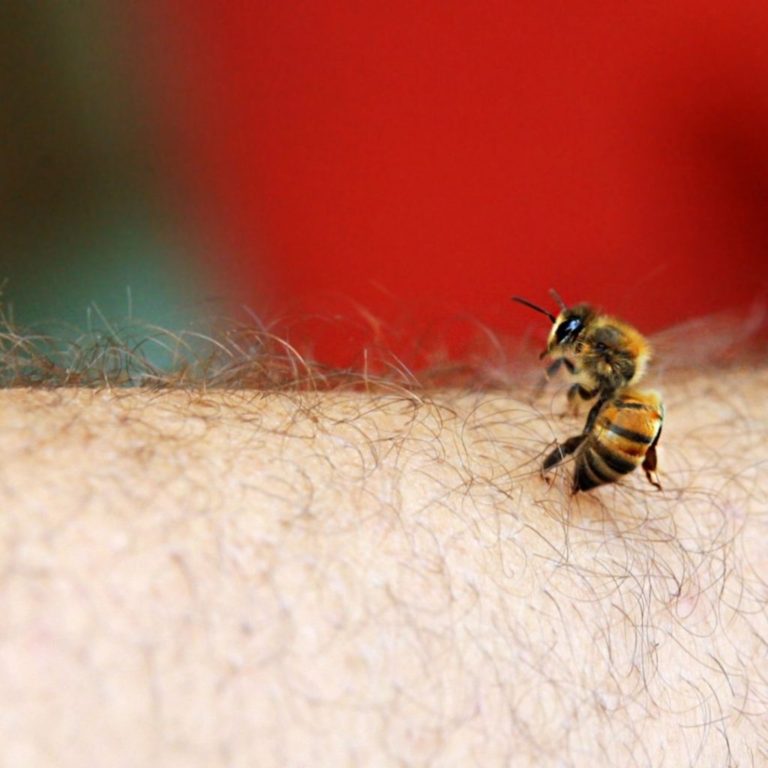
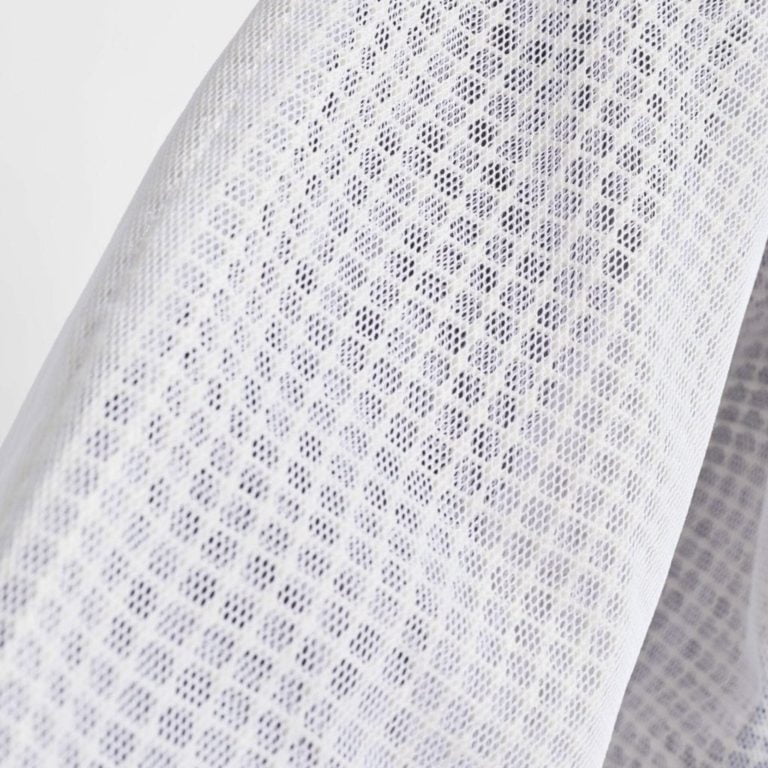
How Do You Wash A Mesh Or Ventilated Bee Suit?
These directions work for most beekeeping suits and jackets, regardless if they are sting resistant / ventilated or the cotton material. We have looked at jackets and suits made by Oz Beekeeping, our own Foxhound Bee Company gear, Bees & Co, Ultra-breeze or the Mann Lake gear and they are all made very similar and can all be machine washed.
There is a difference in the type of ventilated material between brands, but they can all be washed the same way.
How Often Should I Wash My Beekeeping Suit?
The frequent washing of a beekeeping suit varies due to several factors. How often do you visit beehives etc. as well as the environment play a role to these indices. Is it usual to wash bee suits twice a season for most beekeepers or at least once a year. If you are moving a lot of boxes, then they will naturally rub up againts your belly and chest, getting your jacket or suit dirtier.
For us our jacket ends up getting pretty dirty and is practically brown before we even realize it. Usually we run it through the wash after honey harvesting.
Washing it too often will wear down the fabric, so you don’t want to wash it weekly.
How Do I Clean My Beekeeping Suit?
There isn’t any reason why a beekeeping suit or jacket can’t be washed in a laundry machine when proper care is taken. It’s just like washing regular laundry. We are not talking about your grandmother’s washboards here (apparently you can still buy them), so don’t be afraid to use the washer. Actually a washboard is probably a pretty bad idea if you are washing the ventilated material.
You can totally hand wash the gear and there isn’t anything wrong with that, but most machines have enough settings that they can make the job easier. We actually recommend washing the veil by hand, more on that later.
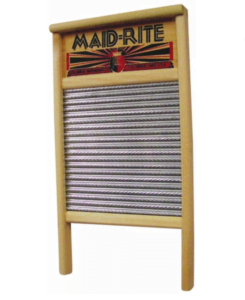
We Asked Our Social Media Friends What They Do
We wanted to reach out to our friends on Facebook and Instagram to see what they do and this is what we got.
I throw the jacket in the wash after detaching the hood. The hood gets sprayed with cheap vodka (old theatre trick to kill germs and smells). Spray a bit of vodka in your mouth to make sure it's working 🤣. Spot clean the hood if needed! 🐝 - Malerie
Baking soda with water - Alban
washing soda, a few small drops of laundry detergent or dawn soap, a 5 gallon bucket. let soak for @30 mins and start dunking. then start rinsing and rinse, and rinse. - Kevin
Oxyclean and detergent - Tyler
Hydrogen peroxide and Awesome, which you can get at the Dollar Tree - Cheryl
Tuck the veil inside the jacket after zipping the veil and jacket up and tie the two zippers together with a paper clip, keeps it inside. Washer with detergent and oxyclean - Harold Biz and hot water on my jacket and wash the veil separately - @liddlegreenbees
Star Brite Mold Stain & Mildew Stain Remover + CleanerAnd power washer(low pressure). Makes it sparkling white like new! - Rusty
Oxy clean 1 scoop per 2 gallons in a 5 gallon bucket of cold water for 8 hours, agitate periodically. Rinse the heck out of it after! - Ray
Make Sure All The Pockets Are Empty
It’s not a matter of a pebble on a machine. It includes papers or notebooks scraps, knife or any other small pieces of equipment that you usually have hidden in your pockets.
Empty the pockets of queen cages, bits of beeswax, lucky coins and hive tools. You don’t want these in your washing machine, they will gum up the works, especially the beeswax.
Beeswax melts at around 145°, so you don’t want to run too much of that in through your laundry machine.
Separate The Veil From The Jacket Or Suit
Unzip the veil if it can come off. The screens on some veils are rather thin and are not the most durable. Because of this, it is best to treat them with a little extra TLC. If you have one of those “delicate” garment mesh bags, those will work well for the “Fencing” style veils. However, most of us don’t have one of those so you can put your veil in a pillow case, tied shut.
If you have one of the large round veils, it would be best to hand wash the veil so the brim isn’t damaged in the washing machine. That is true of both the top load and front load washers.
The veil should be hand washed and set aside to dry separately from the rest of the suit. This is especially important when washing the round veils as opposed to the fencing veils.
Because the veil is mostly a screen it must be removed prior to washing in a washing machine as this will ensure that it remains intact. The veil is one of the most sensitive clothing parts because it can be easily torn in a washing machine due to the rough movements of the agitator or movement.
You don’t want to get a hole in the screen and learn about it in the middle of a hive inspection.
Take a video or photos of how the veil has gone on the top before removing it. This will make it easier for you when putting it back on after washing. This one tip will make your life so much easier later. Zippers are not as intuitive as they should be and putting the veil back on the jacket can be difficult.
Pre Treat The Stains
Pre-treating stains on your bee suit is very helpful for getting the stains out. It’s just like pre-treating stains on normal clothing, before you put it in the washing machine when you have to treat it with pre-treatment, you’ll have better results with washing and cleaning. Wash with soap on the stain, then rinse. Then machine-wash it as usual.
Before putting any clothing item in the washing machine, you should pre-treat most stains, including the propolis stains. It won’t get all the propolis out, but it will certainly help. You can do this by using toothpaste in a pinch or pre-treatment products sold online. This is the one that we use and it does a great job at pulling out the stains on our jackets.
Place In The Washing Machine
Wash your jacket or a veil separate of anything else so that the other clothes don’t get dirty. Machine washing the jacket or suit by itself will also make it easier to clean and will probably help it to get cleaner than if you wash it with the rest of the laundry. Use the delicate or gentle wash cycle as it is the the gentlest option. Remember to hand wash the veil.
Wash with warm but not hot water, so that it can clean the material, but it won’t damage or shrink the fabric. It’s best to use warm water, as cold water may not remove the dirt and hot water may shrink your fabric. Use your favorite fragrance free soap for washing. It may be worth it to just try it with water only. You would be surprised how much just water will get out. If your jacket is anything like ours, it can get exceptionally dirty and a little pre-soak and time in the washer helps our gear get a cleaner.
Don’t add any fabric conditioner, overly strong detergent or other products to the washing machine. We have found bleach is very helpful when washing beekeepers gear, so use the correct amount of bleach according the directions. Honey bees are very sensitive to smell, so the less fragrant the detergent the better.
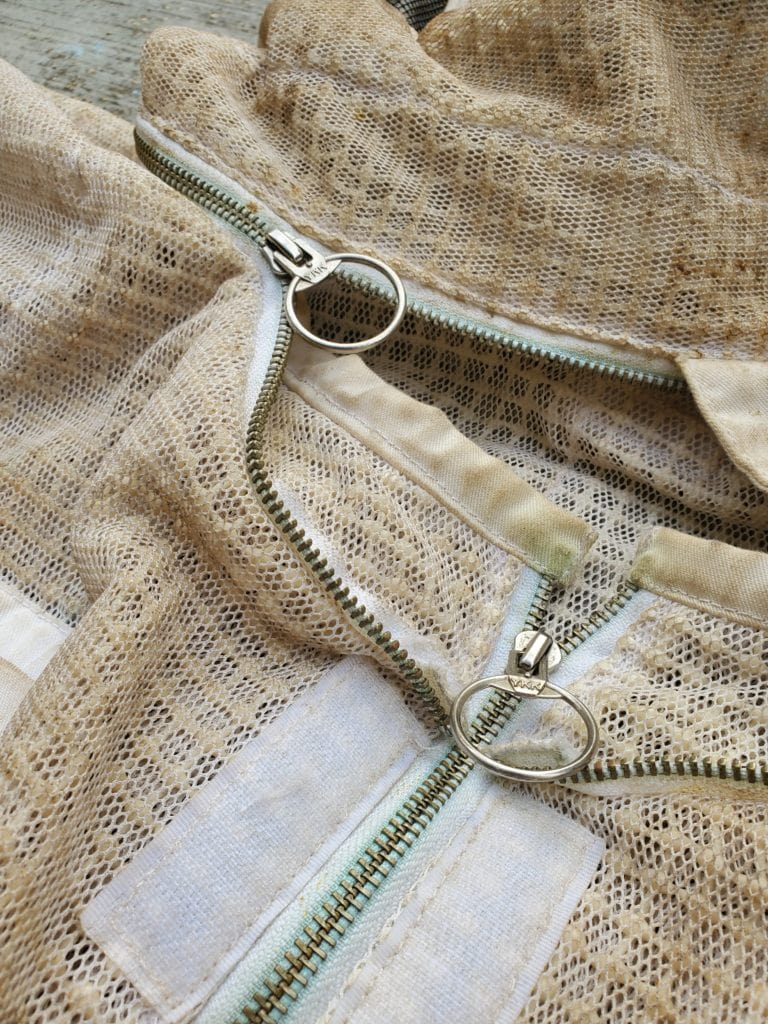
Hang Out To Dry
When it comes to drying your suit, jacket and veil, don’t use the dryer. Hang your beekeeping gear up in a good place with plenty of airflow. If you use the dryer, it could shrink the fabric so it is best to be on the safe side. Plus if you have any stuck on wax or propolis, the heat of the dryer may melt and spread it in the dryer. It’s a better idea to let it hang out and dry on the hanger. Even using the tumble dry setting on the dryer is not necessary.
One of the best things you can do for delicate clothes like beekeeping suits and jackets is to put them on a hanger and air dry until they are completely dry. This will help your gear last longer and keep it from getting damaged by the heat or shrinking in the dryer.
The ventilated material will dry very quickly when on a hanger.
Storing Beekeeper Clothing
If you’re storing your beekeeping equipment don’t store it wet in the fall because it will grow mildew and be absolutely disgusting the next time you use it. It’s better to hang it and let it dry and store it like that. That way, when spring comes around, all of your suits are ready to go without any extra effort on your part.
Now since your jacket is clean, zip it all back together and you are good to go. At least until the end of next season when it will look like rhino used it again.
